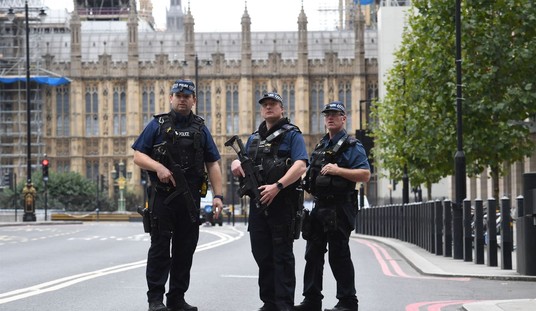On December 17, 2010 a young man, Mohamed Bouazizi, attempting to sell fruits and vegetables from a street stall in the city of Sidi Bouzid, Tunisia was hassled by the local police and set himself afire.
Demonstrations in Sidi Bouzid became riots in Tunis which, in turn, set in motion a sequence of events leading to the downfall of the Tunisian government about a month later.
The Washington Post published a prescient editorial that weekend, writing:
The popular uprising that drove Tunisia's aging, autocratic president from power Friday was an earthquake not just for that North African nation of 10 million people but for the Arab world as a whole.
About that same time another man, this time in Egypt, set fire to himself outside the Egyptian Parliament in Cairo. In spite of government attempts to maintain calm, a week later huge crowds gathered in Cairo and Alexandria to peacefully call for the resignation of long-time President Hosni Mubarak and the end of the 40-year state of emergency under which Egypt had been governed.
Worldwide news organizations crowded into Cairo looking for camera positions to cover the protests. After the death of some 840 people and over 6,000 injuries Mubarak lost the confidence of the armed forces and ceded power to a military junta which took control of the nation on February 13, 2011.
The ruling military suspended the constitution and dissolved parliament saying elections would be held in six months. That clock is ticking and, as of today, three of those six months have gone by and there appears to be little movement toward elections for parliament and president.
The unrest spread to Yemen at the southern tip of the Arabian peninsula and even to sleepy Bahrain off the eastern coast of Saudi Arabia. Yemen is still trying to find a solution for the exit of its president, Ali Abdullah Saleh. Bahrain needed help from the other royal families in the region - all Sunnis - to clamp down on the increasingly ugly demonstrations by the Shiite underclass.
Recommended
In mid-February, what began as peaceful protests in Libya soon disintegrated into civil war with Col. Muammar Gaddafi's army firing heavy weapons into rebel positions. As Libya provides a great deal of oil to Europe, NATO was given the go-ahead by the United Nations to enforce a "no-fly" zone to keep Libyan aircraft from bombing civilians.
In mid-March the United States and its allies fired over 100 cruise missiles at Libyan command and control facilities while French and Italian aircraft conducted surveillance and bombing runs. That activity had limited success so the U.S. added armed, unmanned Predator Drone aircraft to provide close air support for the rebels.
Last week missiles were fired into Gaddafi's family compound allegedly killing one of his sons and three of his grandchildren.
Nevertheless, three months into the operation Gaddafi has still refused to leave Tripoli and the rebels have had limited success against the Libyan army leading to what is widely agreed to be a stalemate.
About the same time the Libyan revolution was getting underway, demonstrators in Damascus, Syria began demanding the removal of president Bashar al-Assad (whose name loosely translates to "The Man with the Too-Odd Head and the Too-Long Neck"). It took about a month to get to critical mass, but on March 15 a small demonstration grew to about 1,500 men.
After Friday prayers, three days later, major demonstrations broke out across Syria leading, according to a Reuters report,
"At least three protesters have been shot dead in the south Syrian city of Deraa as security forces clamped down on a protest rally."
Since then protests have grown to hundreds of thousands and the number of deaths have grown as well. Syria does not allow foreign journalists into the country, so reports are very difficult to verify.
It has been claimed that Iran is giving technical and logistical support to the Syrian government to protect its client state on the Arabian peninsula.
This litany is presented so you can study up for a speech planned by President Obama on the Middle East which White House Press Secretary Jay Carney said would be coming "in the relatively near future."
Other than Tunisia, no other nation involved in the "Arab Spring" has a settled government, at least four are still under martial law or dealing with active revolts, and one - Egypt - appears to be bobbing up and down in the waters of democracy.
Can't wait to hear what the President has to say.

























Join the conversation as a VIP Member